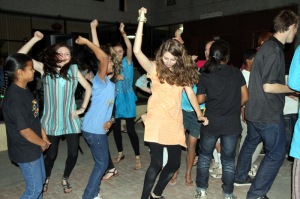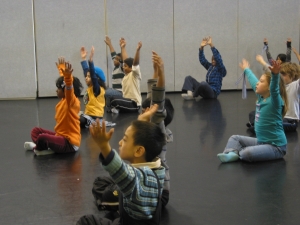Practice language and communication skills by indentifying and acting out verbs
- The class will choose a song (or a story) to interpret through dance
The teacher will lead the group in identifying the verbs (action words) in the song - Individually or in small groups, students will create a dance move for each action
- Students will practice their movements in time with the music (or following along with the story)
- If there is time, have the students create movements or poses to fill the rest of the song

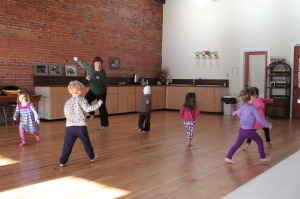
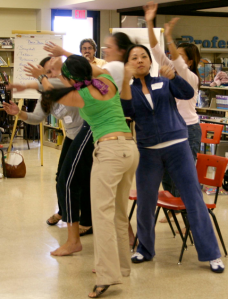

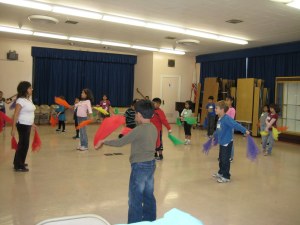
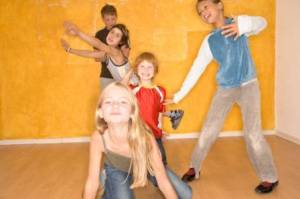

 Choose one student to be the Snowflake Director. The Director will tell their classmates where to place their bodies as part of the snowflake pattern. (The Director may need to stand on a chair to get a “bird’s eye view” on the design as it develops)
Choose one student to be the Snowflake Director. The Director will tell their classmates where to place their bodies as part of the snowflake pattern. (The Director may need to stand on a chair to get a “bird’s eye view” on the design as it develops)